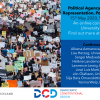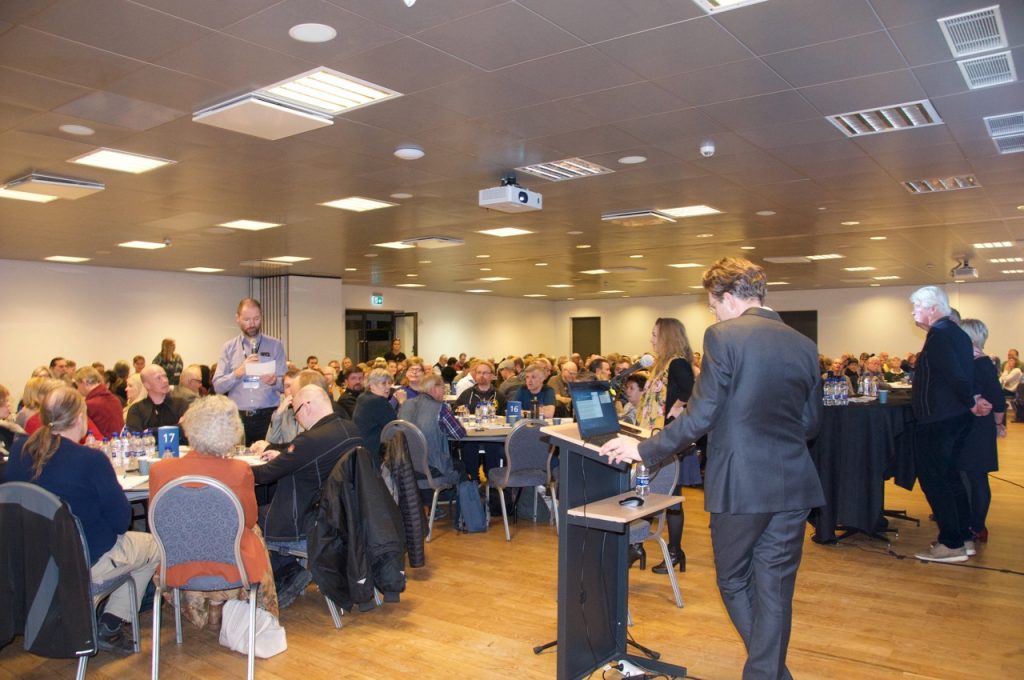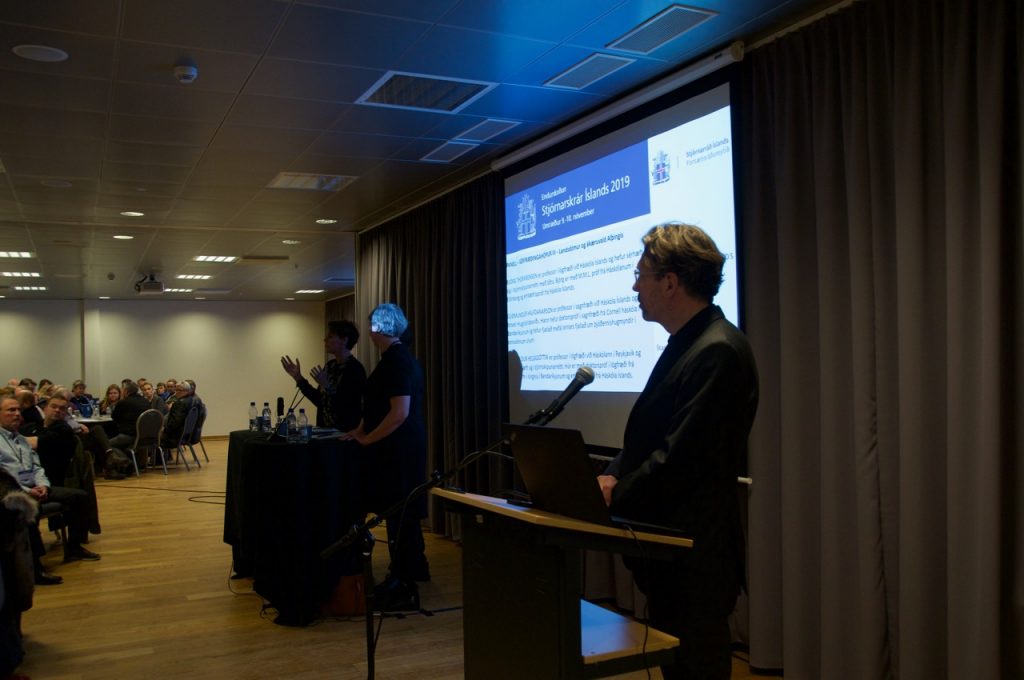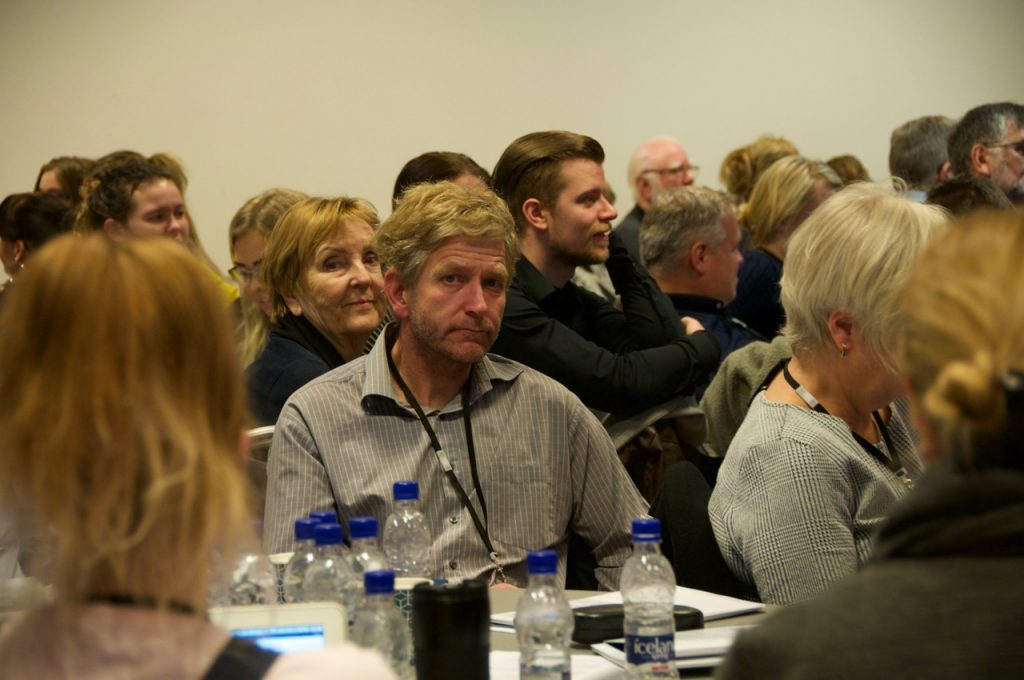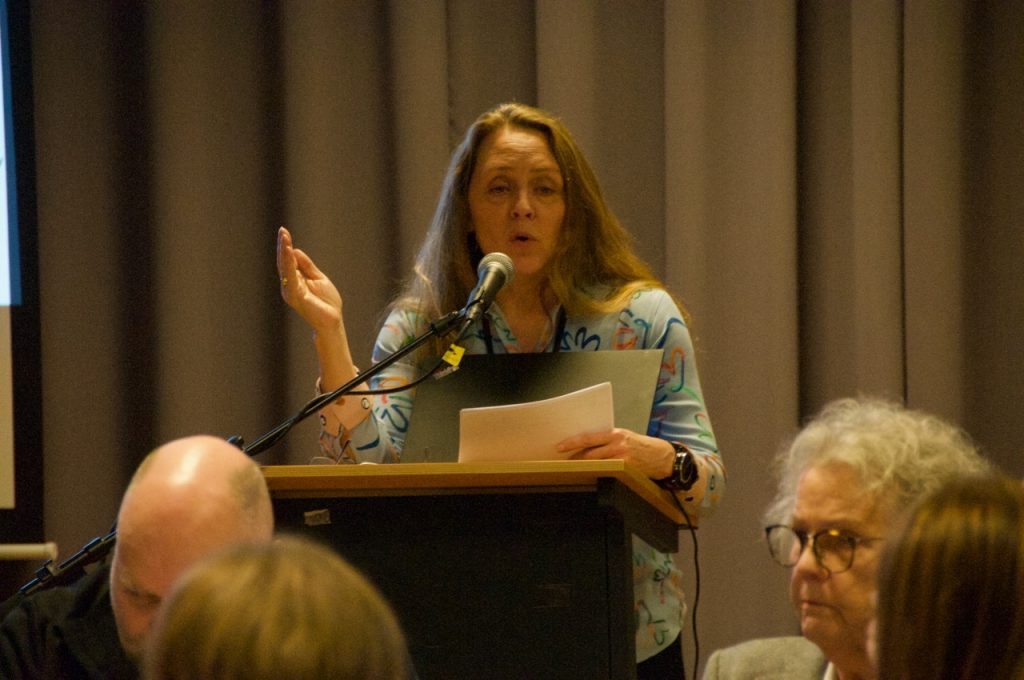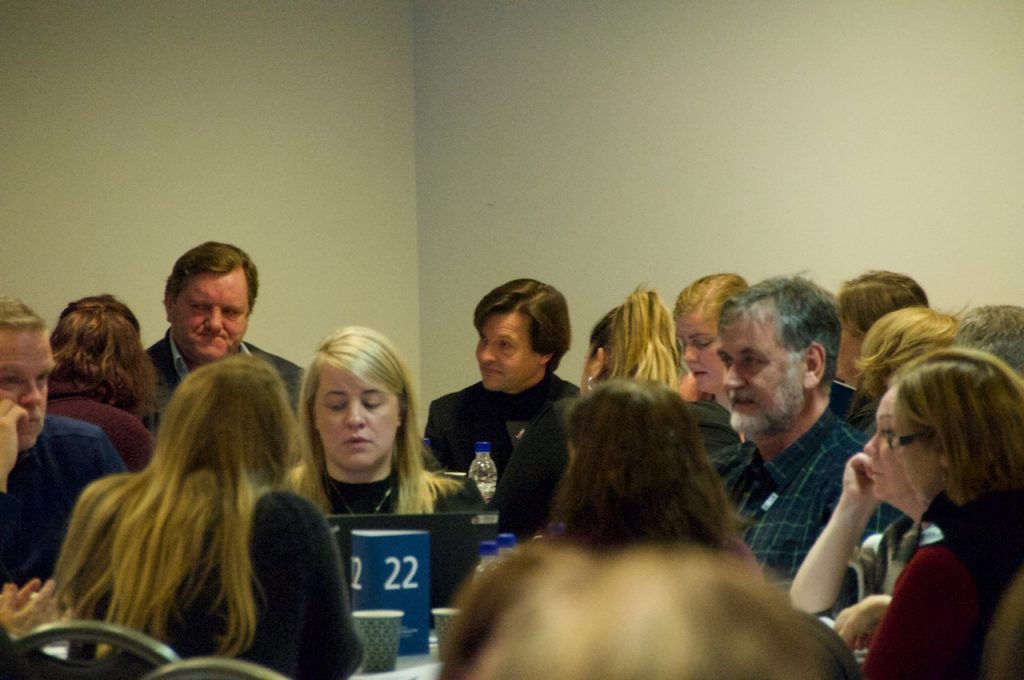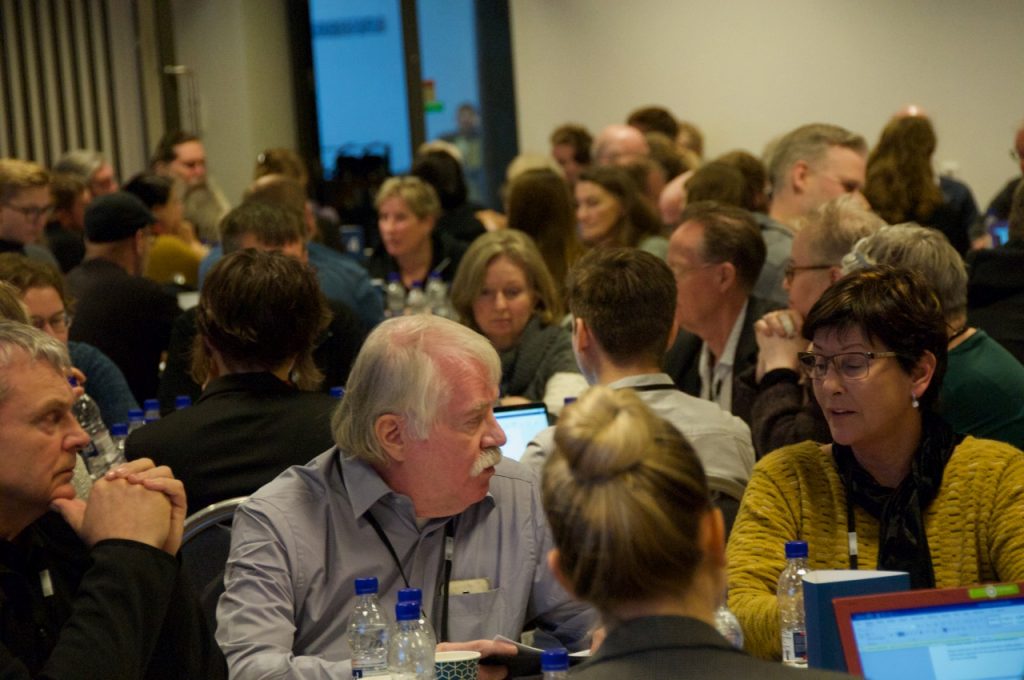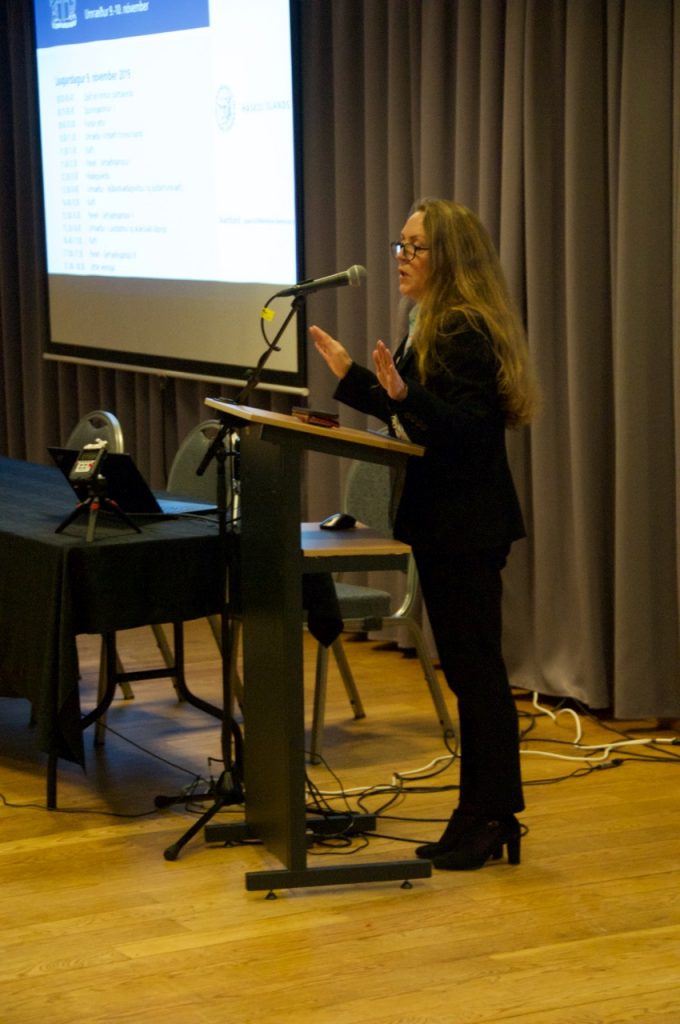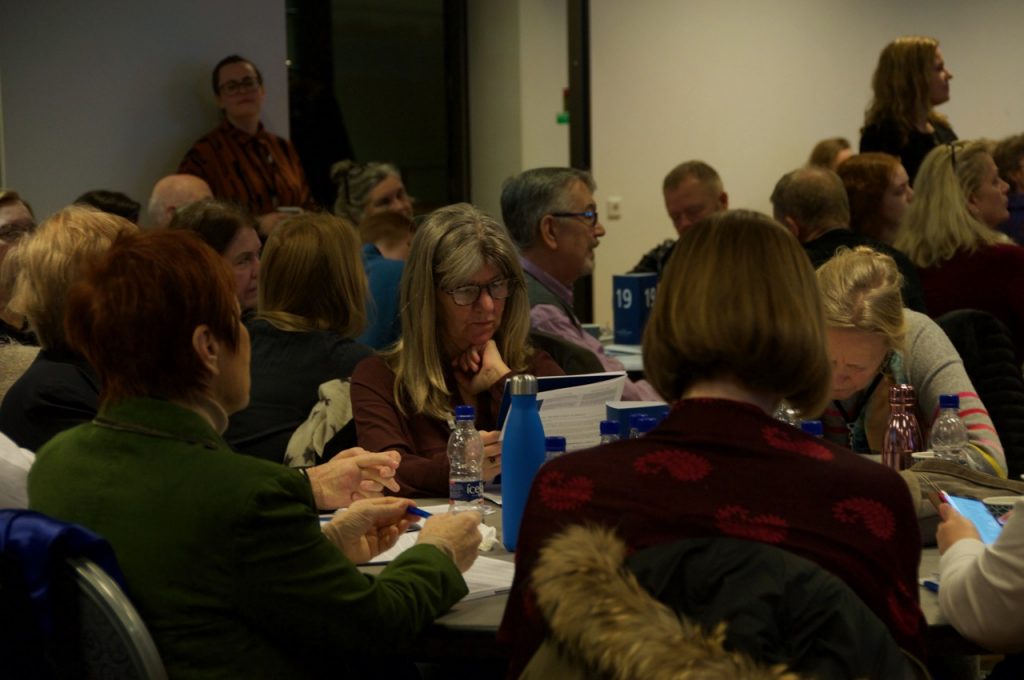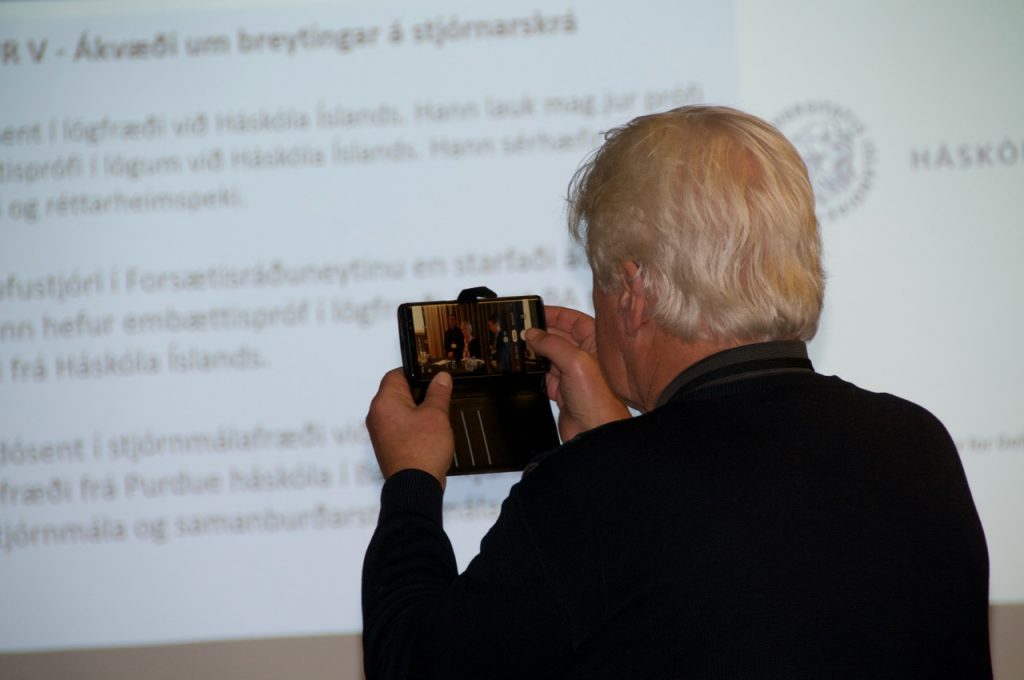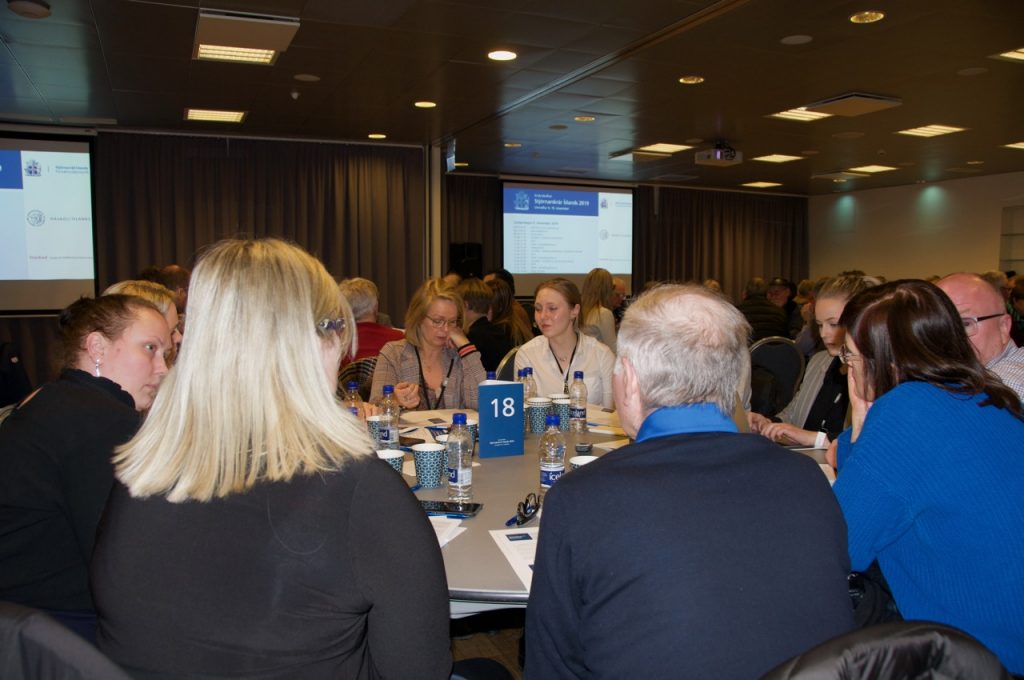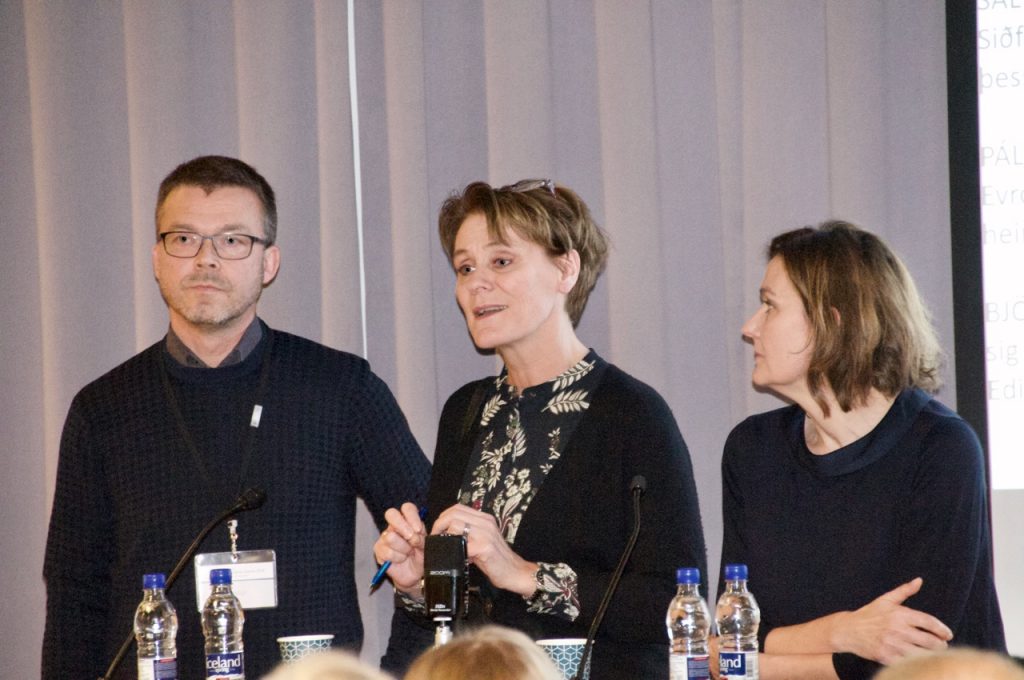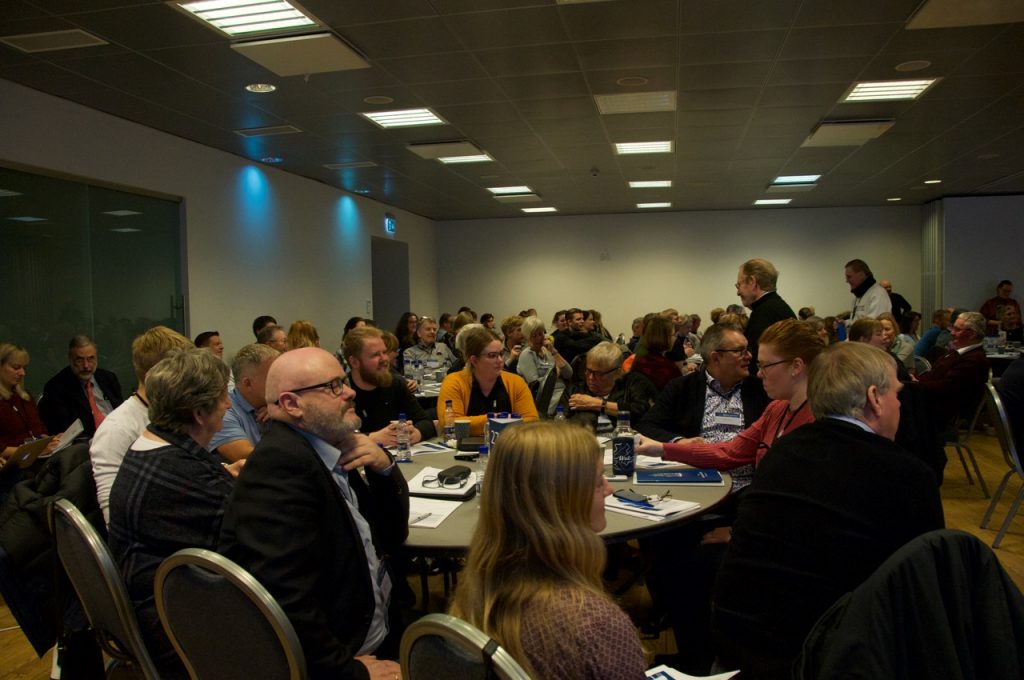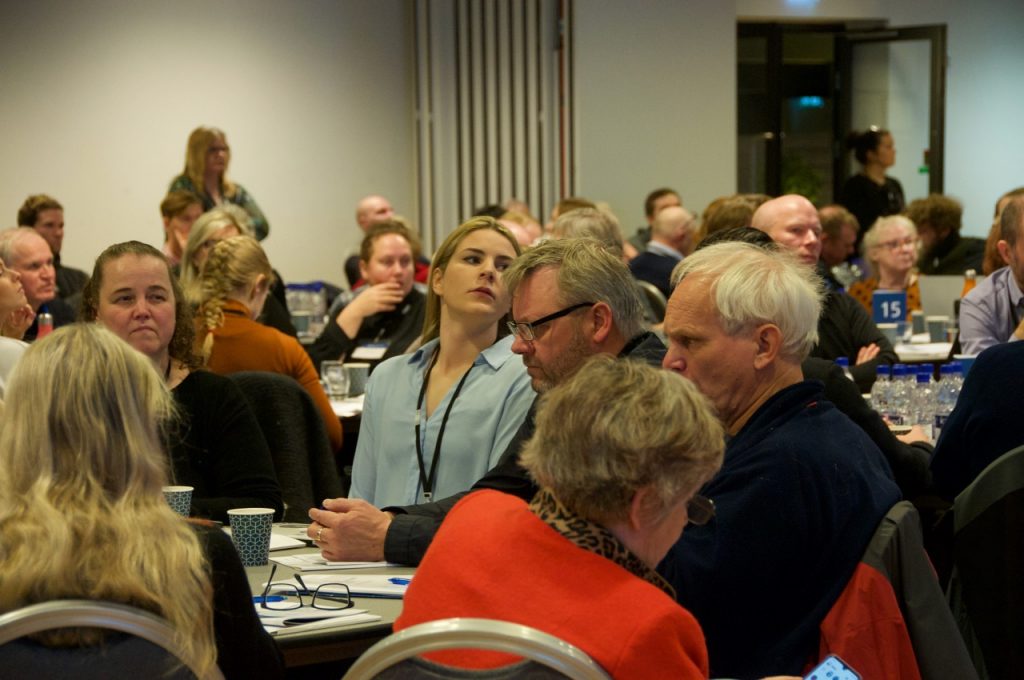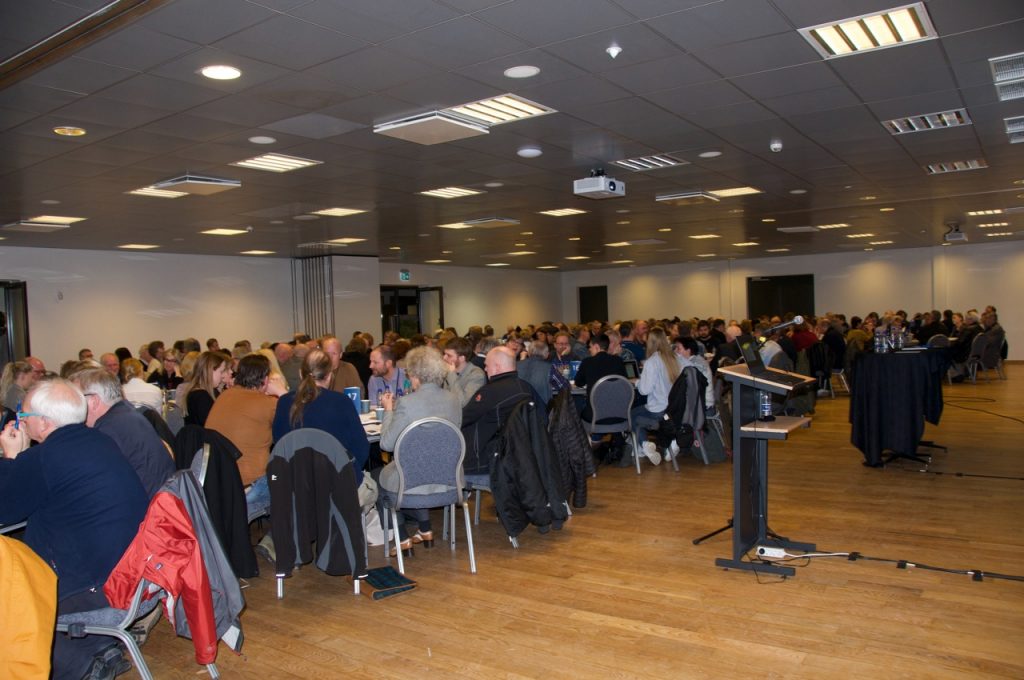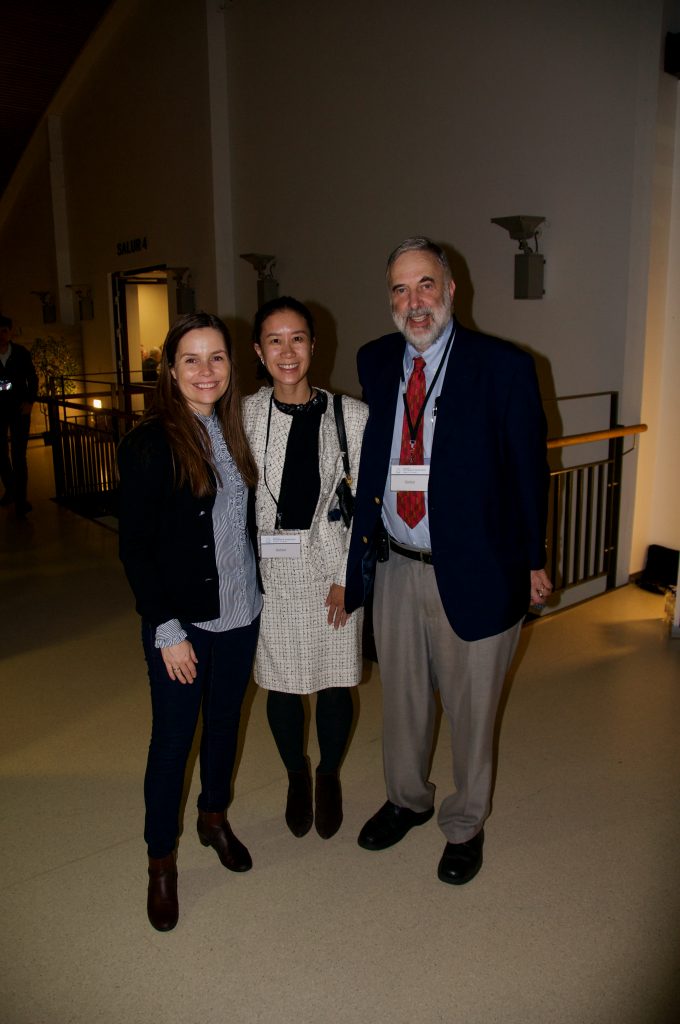By Sævar Finnbogason and Liam O’Farrel
Citizens’ assemblies randomly select members as was originally practiced in Ancient Athenian democracy. Today however, we associate democracy with the act of voting, making it difficult for us to think about alternative ways that democracy has been practiced historically. Aristotle wrote in his Politics that the Ancient Greeks considered Sortition (i.e. randomly selecting citizens for office) to be democratic and voting was seen as oligarchic, creating polarization, demagoguery, the emergence of a political class detached from citizens’ concerns, with the risk of corruption and the domination of elites over the masses.
As a number of researchers have argued, we appear to have reached the limits of the electoral representative democratic system established after the American and French revolutions. This ‘Democratic Fatigue Syndrome’ is expressed in growing distrust in conventional politics, political parties and politicians, and the rise of populism, political spin, and ‘fake news’ mass media narratives that support elite interests. By combining random selection to descriptively represents the demos and the discursive principles developed by Deliberative Democracy mini-publics have been able to overcome political polarization and produce good recommendations on difficult and often disputed issues that can feed into political decision-making processes and serve as the basis of decisions themselves.
Citizen Assembly vs. Deliberative polls: What is the difference?
The Citizen Assembly and the Deliberative Poll are the most prominent forms of randomly selected deliberative mini-publics, or simply: Minipublics. In 2019 we at the DCD and the Social Science institute at the University of Iceland conducted a Deliberative poll on behalf of the Prime Ministers office.
Although the deliberative meeting that is the main focus of the Deliberative Poll shares many of the same features as a Citizen Assembly. Before the meeting, the randomly selected participants are provided with neutral information about the issue under consideration, collated by experts. At the meeting participants are split into groups discussion groups, where moderators are present to ensure that all participants get to have equal opportunities to voice their opinions. Research has found that people who hold more extreme opinions on an issue tend to move towards consensual positions in this setting and gain a better understanding for the merits of other peoples views.
The main difference between a Deliberative Poll and a Citizen Assembly is of course that the Deliberative Poll is a poll, it is not a democratic assembly. Were as a citizen assembly is is typically an independent assembly convened to discuss particular issues and come up with specific proposals. These proposals are usually taken under consideration by the legislative body, and, or voted on in a referendum.
However, A deliberative poll is a poll that provides insights int what the people would think about the questions posed to them before and after they have had the chance to deliberate under the conditions discussed above. It is a highly useful way to gage the considered public opinion on the particular questions asked of participants. But it is important to stress that it is not designed to produce concrete proposals. So the choice between a Deliberative Poll and a Citizen Assembly ultimately boils down to the goals the authorities have in mind, and the level of commitment to the process.
A Citizen Assembly, because it is not a poll but a democratic assembly, should not be held unless there is a clear and predefined process set out for how its proposals will ultimately be passed or rejected.
DCD podcast episodes on Citizen Assemblies
David Farrell (Part 1): Citizen Assemblies and Constitutional Change in Ireland.
Following the financial crisis of 2008 Iceland and Ireland embarked on constructional revisions. In the episode Sævar Finnbogason talks to professor David Farrell about the main differences between the two countries approaches. David is the project leader for the Irish Citizen Assembly and has advised the Irish government on all three citizen assemblies held in Ireland.
5. David Farrell (Part 2):
Can Citizen Assemblies strengthen democracy?
Citizen Assemblies and Deliberative Polls on various issues have been conducted in many countries all over the world and there is also growing interest in other forms of Sortition mini-publics. In the second part of our talk with professor David Farrell we discuss this development and the promise it might hold for the future.

The Irish Citizens’ Assembly was established in 2016 and empowered to deliberate on contentious issues that politicians have been unable to resolve for decades. It has attracted significant attention for having proposed sweeping changes for the Republic of Ireland. These include the legalisation of abortion and gay marriage, reforms to the pension system and retirement age, the establishment of an independent agency to tackle climate change, changes to the law around voting and referenda, and work on gender equality.
Participants are selected via stratified random sampling for inclusion based on gender, age, and social class, along with screening to ensure exclusion of those who are members of interest or lobbying groups.
Members of the public are encouraged to submit opinions, ideas, and recommendations either by post or through the official website to the Assembly. Assembly members are provided with expert evidence and are empowered to call specialists to present and answer questions. These plenary discussions are livestreamed and uploaded to YouTube afterwards.
As in British Columbia, recommendations were subject to referenda, making Ireland the first country where gay marriage was achieved through popular vote – a dramatic change in a country formerly known for its staunch Catholicism, where organised lobby groups and religious pressure halted progress on gay rights for decades. Those who participated reported feeling more empowered, more understanding of those who disagree with them, and more empathetic than they were before. Participants showed that ordinary members of the public can make nuanced, representative decisions on complex issues through deliberation. It also benefited political parties, giving the conservative Fine Gael party a way to address abortion without taking a position that could alienate parts of its base.

The Citizens’ Assembly on Electoral Reform in 2004 was a pioneering example of this form of civic engagement. This is an example of a politically difficult topic being handed over to a Citizen Assembly. The recommendations of the assembly were nor ratified into law as they narrowly failed to achieve a super-majority in a subsequent referendum. However, data on successes and failures of the process have fed into later, successful citizens’ assemblies held elsewhere.
The random sample size was 160, stratified for gender and geographic spread, alongside two aboriginal members. Participants were randomly selected from a pool of those who responded to one of 15,800 invites to take part. However, those who volunteered were disproportionately in favour of electoral reform compared to the wider public. The process took place on specific days over twelve weeks, with 50 public hearings and hundreds of submissions. Members deliberated over the relative merits of different electoral systems, making a recommendation to replace the province’s first-past-the-post voting system with the single transferable vote system. This recommendation was put to a referendum, where 57.7% of voters accepted the recommendation. However, the provincial legislature had set the condition that 60% of voters to be in favour, meaning that the assemblies proposals, although achieving a majority of the votes, ultimately failed the supermajority requirement of the referendum.
Over the process of the assembly, participants came to a consensus on the merits of single transferable vote, which had not been the case initially. Although the assemblies proposal failed to reach supermajority, this failure was also a product of institutional restraints placed upon the process (in terms of the supermajority requirement in the referendum) which it could be argued were designed to stymie the potential for change from the outset. The assembly was also notably lacking in both demographic diversity (particularly ethnic minorities) and cognitive diversity (as most participants were in favour of some kind of electoral reform) as well as overemphasising geographic spread. It thus was a useful demonstration on the need for more robust sampling in future efforts.





